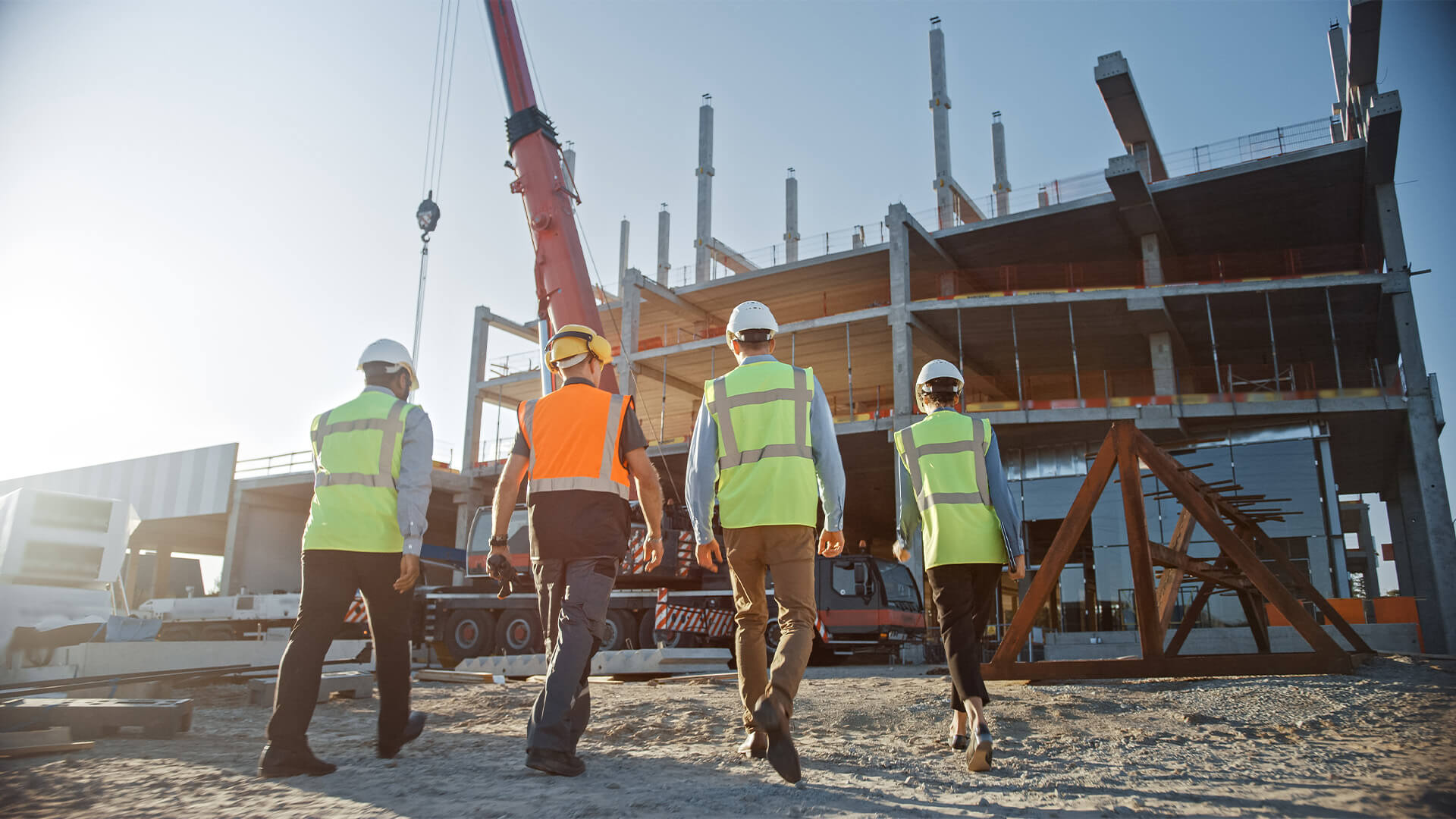In the world of construction, safety is of utmost importance. Each project, whether it's a small renovation or a large-scale development, comes with its own set of issues and dangers. This is where the expertise of a professional construction company becomes invaluable. Hiring skilled professionals not only guarantees that the job is done right but also significantly enhances safety measures on site. By utilizing their vast knowledge, construction companies bring a level of supervision that reduces risks and promotes a secure working environment for everyone involved.
Additionally, choosing to work with a reputable construction company often means having a team of experts who are proficient in the latest industry regulations and safety standards. They understand the importance of following local laws and building codes, which can prevent costly errors and potential hazards. This professional oversight is crucial in ensuring that each phase of the construction process is carried out with precision and care, ultimately leading to a successful and secure outcome for all projects.

The Role of Professional Oversight
As embarking on a building project, the significance of expert oversight is crucial. A construction company offers a wealth of expertise and know-how to the table, ensuring that every element of the project is handled efficiently. This oversight helps to mitigate risks, guarantee compliance with building codes, and uphold safety standards. By having skilled professionals at the helm, clients can trust that their project is in proficient hands, which is crucial for preserving not just the standard of work but also the well-being of all participants.
In addition, professional oversight ensures that projects stay on schedule and within budget. Construction companies typically employ project management tools and techniques that allow for precise planning and resource allocation. The capability to anticipate potential problems and address them proactively saves time and money, minimizing delays and unexpected costs. This level of systematization is essential in the frequently tumultuous environment of construction, where unforeseen challenges may occur.
Lastly, hiring a construction company with professional oversight ensures that the project complies to sector best practices. These companies are well-versed about modern construction techniques and technologies that can improve efficiency and sustainability. construction company london allows them to adopt innovative solutions that conventional methods may overlook. This commitment to excellence not only results in a finished product that meets the client's vision but also contributes to the overall safety and longevity of the construction.
Benefits of Safety Standards
A major benefits of choosing a building company is commitment to rigorous safety standards. Such standards are designed to minimize risks and protect the health of workers at the workplace. By making sure that teams are trained and current on safety protocols, construction companies create an environment where accidents are unlikely to occur. This proactive approach not only safeguards employees but also reduces concerns for clients regarding job site safety.
Furthermore, construction companies are equipped with the essential safety equipment and training to handle potential hazards. Their experience allows them to spot risks before they become serious, implementing practical solutions to mitigate dangers. This commitment to safety ensures that projects progress smoothly without unnecessary setbacks caused by accidents or injuries. Clients can rest assured knowing that experts are managing not just the construction process but also the safety of all parties concerned.
Finally, adherence with safety standards can lead to lowered liability for clients. When a construction company adheres to regulations and best practices, the risk of lawsuit complications arising from workplace incidents diminishes significantly. Clients receive advantages from the peace of mind that comes with knowing their project is being managed with care. This creates a reliable relationship between construction companies and clients, promoting a cooperative atmosphere focused on successful project completion.
Instances of Efficient Oversight
One of the most notable examples of effective supervision in construction comes from a significant business development in the Windy City. A community builder was hired for the job of building a multi-story office building. With a comprehensive safety plan in place, the company executed frequent safety audits and recruited expert consultants to ensure adherence with all regulations. These steps led to a impressive outcome, as the development was completed ahead of schedule without any accidents, proving that professional oversight can enhance efficiency while prioritizing worker safety.
In another case, a residential project in San Francisco exemplified the significance of employing a construction company with solid management capabilities. The company organized frequent meetings between stakeholders, including architects, technical experts, and subcontractors, to ensure that everyone was aligned on safety measures. This teamwork not only facilitated transparency regarding safety protocols but also fostered a culture of ownership. As a result, the project site maintained a impeccable record, showcasing how clear communication and expert supervision can lead to positive conclusions.
Lastly, a restoration project at a landmark site in New York City highlighted the role of a construction company in preserving both the safety and the authenticity of the site. By engaging experts with experience in historical renovations, the company skillfully navigated the strict requirements set forth by preservation authorities. They employed detailed strategies and strict oversight, ensuring that safety measures were integrated without jeopardizing the historical significance of the building. This case illustrates how expert supervision in the construction industry is essential for balancing safety concerns with the protection of cultural assets.
